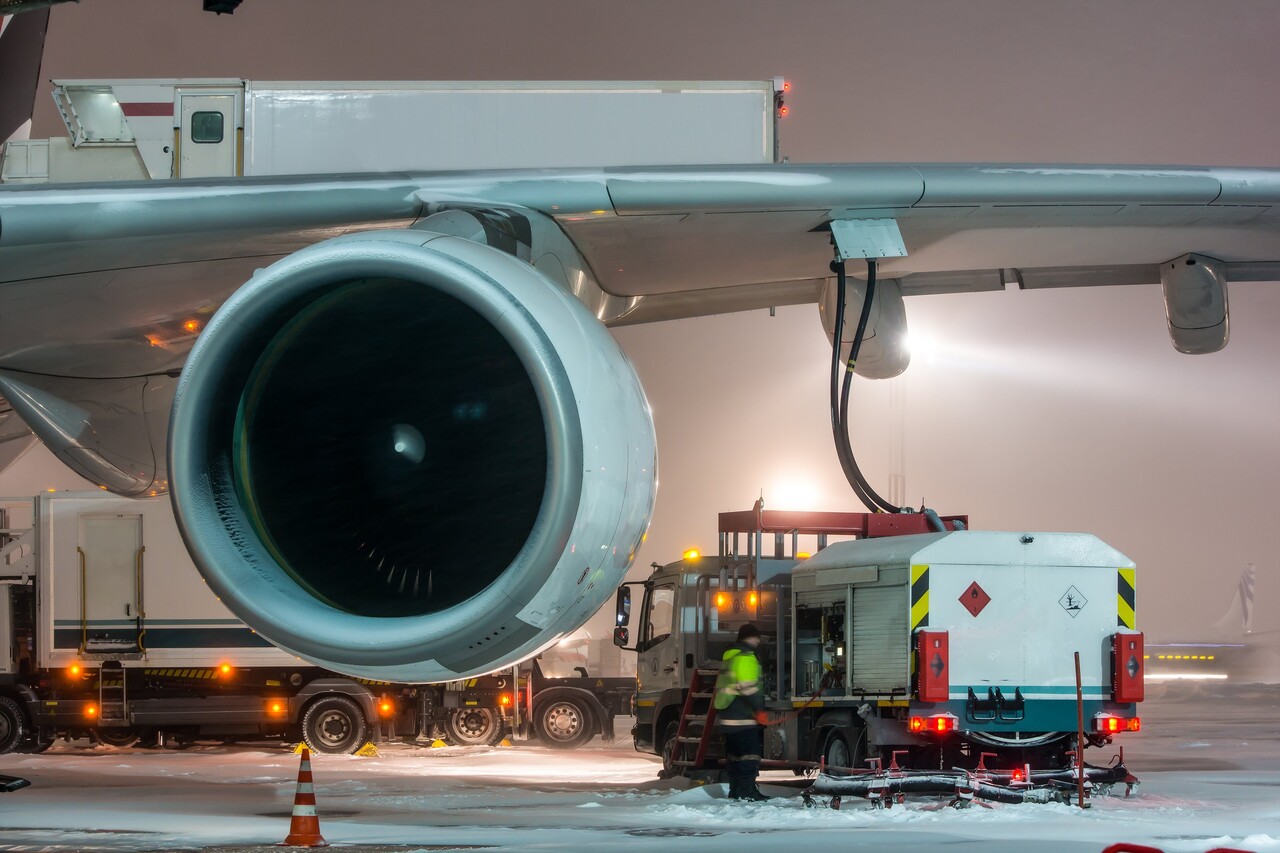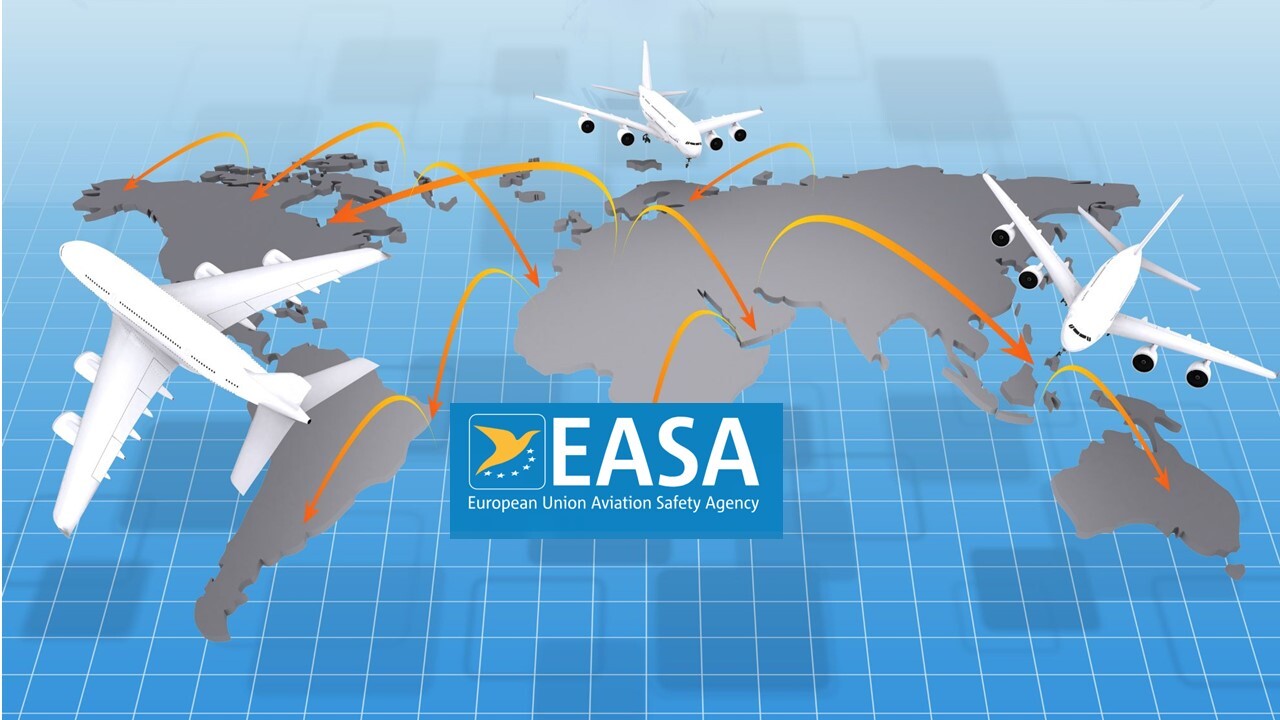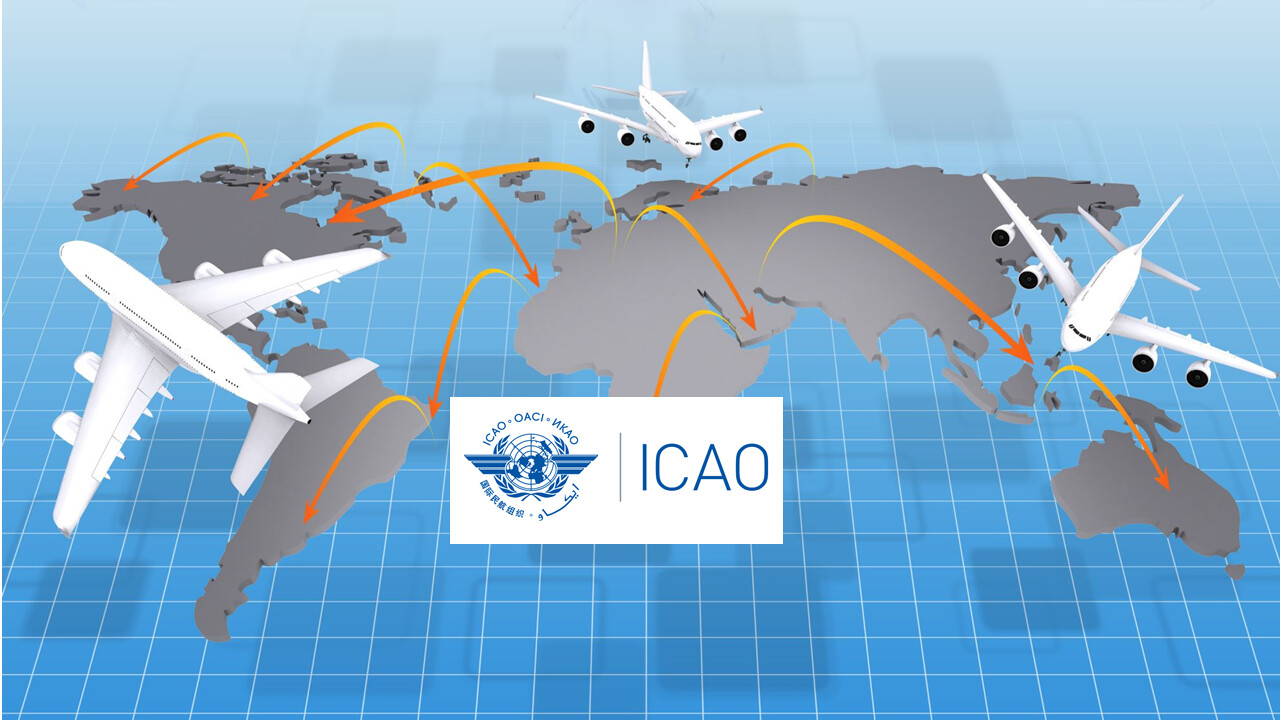
Finnish aviation safety programme, plan and performance targets and indicators
Safety and passenger confidence in the air transport system are key objectives in Finnish aviation safety policy.


Finnish Plan for Aviation Safety FPAS
Finnish Plan for Aviation Safety FPAS
Finnish Aviation safety performance targets and indicators (SPT, SPI)
Finnish Aviation safety objectives and safety performance targets and indicators (SPT, SPI)
European Plan for Aviation Safety EPAS
European Plan for Aviation Safety EPAS
